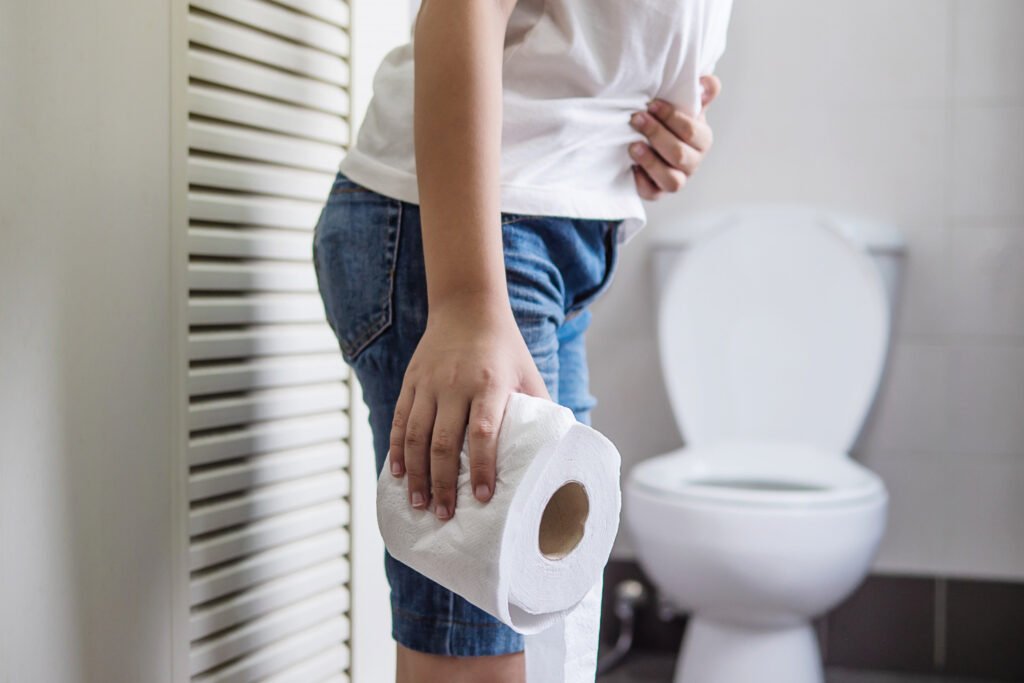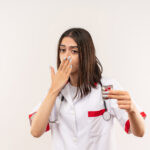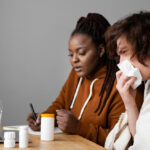
In this article
overview
Traveling to new destinations brings the excitement of exploring different cultures, tasting exotic cuisines, and experiencing a change in scenery. But while adventure awaits, so too does an all-too-common threat: traveler’s diarrhea. This uncomfortable condition can quickly turn your dream vacation into a series of rushed trips to the bathroom. Fortunately, with some simple precautions, you can minimize the risk and ensure your trip remains enjoyable.
What Is Traveler’s Diarrhea?
Traveler’s diarrhea is defined as three or more bouts of loose, watery stools in a 24-hour period. In addition to diarrhea, it often comes with other unpleasant symptoms such as nausea, abdominal cramps, vomiting, and sometimes fever. The condition typically clears up within three to five days, but in severe cases, dehydration and complications may occur.
The most common cause of traveler’s diarrhea is the ingestion of contaminated food or water, often harboring bacteria such as E. coli, Shigella, Campylobacter, or Salmonella. In some cases, viruses like norovirus or parasites like Giardia and Cyclospora can be the culprits. Unfortunately, traveler’s diarrhea is more prevalent in certain regions, including parts of Central and South America, Africa, Asia, and the Middle East, where food and water safety standards may differ.
Who Is at Risk?
While anyone traveling abroad can be affected by traveler’s diarrhea, certain individuals are at higher risk. Those with compromised immune systems, chronic illnesses like diabetes, or individuals taking acid-reducing medication are more susceptible. Children, pregnant women, and the elderly also tend to experience more severe symptoms if infected.
Top Tips for Preventing Traveler’s Diarrhea
1. Watch What You Eat and Drink
The golden rule to remember is “Boil it, cook it, peel it, or forget it.” Stick to hot, freshly cooked foods, and avoid raw fruits and vegetables unless you can peel them yourself. Street food, while tempting, can sometimes be a gamble—unless you’re certain of the vendor’s hygiene standards, it’s best to avoid it.
Water safety is crucial. In high-risk areas, avoid drinking tap water unless it has been boiled, filtered, or purified. Even when brushing your teeth, use bottled water. Be cautious with ice, as it may be made from contaminated water.
2. Practice Good Hand Hygiene
Proper handwashing with soap and water is one of the most effective ways to prevent the spread of diarrhea-causing bacteria and viruses. Be sure to wash your hands before eating, after using the bathroom, and after touching potentially contaminated surfaces. When soap and water aren’t available, carry a hand sanitizer containing at least 60% alcohol.
3. Stay Hydrated With Bottled Water
In many countries, tap water may not be safe to drink. Always opt for sealed bottled water from reputable brands. In instances where bottled water is unavailable, be sure to purify the tap water by boiling it for at least one minute. Additionally, avoid using ice unless you’re certain it was made with purified water.
4. Avoid Buffets and Uncooked Foods
Buffets can be risky, as food sitting out for extended periods is more susceptible to bacterial contamination. Instead, choose freshly prepared meals served piping hot. Avoid undercooked meats, seafood, and unpasteurized dairy products, which are more likely to carry harmful pathogens.
Transmission and Spread of Traveler’s Diarrhea
The primary mode of transmission for traveler’s diarrhea is through contaminated food and water. However, it can also spread via hand-to-mouth contact. For example, touching surfaces contaminated with bacteria and then touching your mouth can introduce pathogens into your system.
Even when taking precautions, infections can still occur, often due to unsanitary food handling. Contamination may happen at any stage of food preparation, from harvesting to cooking, which is why being vigilant about what you consume is key.
What to Do If You Get Traveler’s Diarrhea
1. Focus on Hydration
The most important step in managing traveler’s diarrhea is staying hydrated. Diarrhea causes a loss of fluids and electrolytes, which can lead to dehydration, especially in hot climates. Drinking plenty of bottled water, electrolyte solutions, or oral rehydration salts is essential. Sports drinks can also help restore lost electrolytes.
2. Take Over-the-Counter Medications
Medications like loperamide (Imodium) can help manage symptoms by reducing the frequency of bowel movements. These should be used for mild to moderate cases to alleviate discomfort, particularly during travel. If symptoms are severe, antibiotics like azithromycin or ciprofloxacin, prescribed by a doctor, may be necessary to combat bacterial infections.
3. Be Cautious With Antibiotics
While antibiotics can be effective against bacterial infections, they should only be used under medical supervision. Overuse of antibiotics can lead to antibiotic resistance, making future infections harder to treat. Never self-prescribe antibiotics; always consult a healthcare professional if symptoms worsen or persist.
Dysentery vs. Traveler’s Diarrhea: Know the Difference
While most cases of traveler’s diarrhea are mild to moderate, dysentery is a more severe form characterized by the presence of blood in the stool, often accompanied by high fever and intense abdominal pain. If you experience symptoms of dysentery, seek medical attention immediately, as it requires prompt treatment, typically involving specific antibiotics.
Essential Habits to Prevent Traveler’s Diarrhea
Here are key preventive strategies to protect yourself from traveler’s diarrhea:
- Wash your hands regularly with soap and water.
- Avoid eating raw or undercooked foods, especially in regions with less strict food safety practices.
- Only drink bottled or purified water for hydration, brushing teeth, and making ice.
- Limit alcohol consumption with ice unless you’re sure of its source.
- Avoid street food unless hygiene standards are clearly high
The Takeaway
Traveler’s diarrhea may be common, but it doesn’t have to ruin your trip. By making smart choices about what you eat and drink, practicing good hygiene, and staying prepared with necessary medications, you can significantly reduce your risk. Most importantly, if you do experience symptoms, rest assured that with proper care, most cases resolve within a few days.
Safe travels, and may your journey be free from unwanted detours
A Quick Review
Traveler’s diarrhea can disrupt any vacation, but it’s preventable with the right precautions. This guide explains the condition, how it spreads, and offers practical tips to avoid it, such as practicing good hand hygiene, drinking bottled water, and choosing safe, freshly cooked foods. It also discusses what to do if you get sick, including staying hydrated and using over-the-counter medications. By following these steps, travelers can enjoy their adventures without unwanted interruptions.
Frequently Asked Questions
- What causes traveler’s diarrhea?
Traveler’s diarrhea is usually caused by ingesting contaminated food or water, often containing bacteria like E. coli, Shigella, or Salmonella. - How can I avoid getting traveler’s diarrhea?
To avoid traveler’s diarrhea, drink only bottled water, practice good hand hygiene, and eat freshly cooked, hot food. Avoid raw fruits, vegetables, and street food unless you can peel them yourself. - What should I do if I get traveler’s diarrhea?
Focus on staying hydrated with bottled water or oral rehydration solutions. Over-the-counter medications like loperamide can help manage symptoms, but consult a doctor for severe cases. - Is traveler’s diarrhea dangerous?
Most cases resolve within a few days, but severe cases can lead to dehydration. Seek medical attention if you experience severe symptoms like high fever or bloody stools











